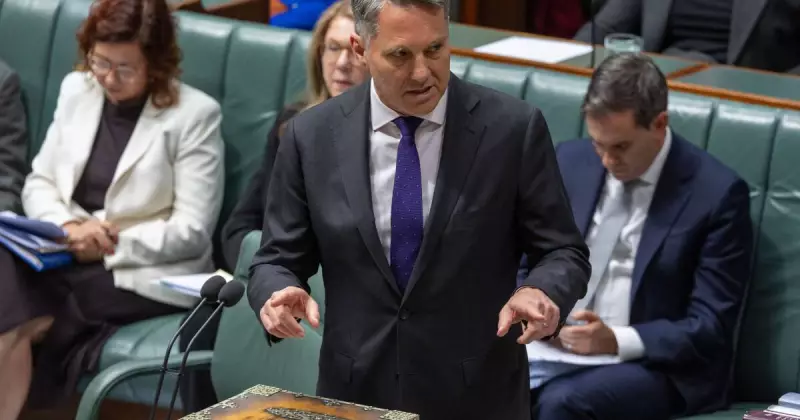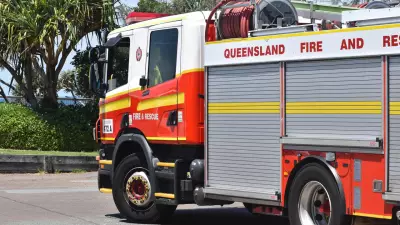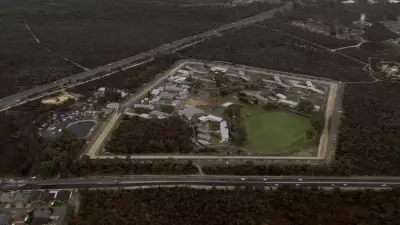
Australia is pouring unprecedented amounts of money into defence while receiving alarmingly little military capability in return, according to a damning assessment from defence expert Professor Clive Williams.
Record Spending, Poor Returns
The 2024-25 federal budget allocated $52.7 billion to defence, representing slightly over 2 per cent of GDP. This marks the highest defence spending since the Vietnam War era, yet the return on this massive investment remains disappointingly poor.
For a nation of 27 million people, this substantial financial commitment should deliver significant military capability. However, delays, cost overruns and bureaucratic inertia continue to plague Australian defence procurement, leaving the men and women in uniform with modest capabilities at best.
Top-Heavy Bureaucracy Draining Resources
A critical structural problem lies in Defence's bloated leadership. Australia maintains approximately 240 one-star and above military officers for around 59,000 active-duty personnel, creating a ratio of one General-equivalent for every 245 active-duty members.
This ratio stands among the highest globally. By comparison, the US military operates with one senior officer for every 2000 active-duty members. The situation worsens with 190 senior executive service staff supporting these military leaders on the civilian side.
Professor Williams argues that Australia could reduce senior Defence executives by two-thirds without harming operational performance. A leaner structure would create greater agility and free mid-level officers to lead without constant senior approval requirements.
Procurement Failures and Political Decisions
The consequences of this inefficiency manifest in major procurement disasters. The Hunter-class frigate program originally budgeted at $45 billion for nine ships has seen estimates climb toward $50-60 billion, with official reviews recommending scaling back to just six vessels.
Meanwhile, the future submarine program under AUKUS runs more than a decade behind schedule with projected costs of $268-368 billion over 30 years. Even smaller programs face consistent delays and budget blowouts.
Australia's procurement habits also suffer from political considerations. Heavy reliance on US equipment creates long-term, high-cost dependencies, with American hardware carrying inflated price tags due to overheads, middlemen and interoperability requirements.
Professor Williams suggests diversifying supply sources to include allies like South Korea and Japan, who manufacture quality defence equipment at substantially lower costs. Even China could provide non-sensitive items, potentially saving money and improving supply chain resilience.
Time for Fundamental Reform
The 2023 Defence Strategic Review emphasised streamlining command and administration, yet implementation has produced more coordination processes rather than visible structural reductions. The proposed Brindabella Business Park lease, involving over 1,400 new workstations and $350 million in costs, appears inconsistent with creating a leaner organisation.
Defence spending should translate into genuine readiness: trained personnel, modern weapons, serviceable equipment and adequate logistics. Instead, too much budget goes to consultants, efficiency studies and building refurbishments rather than operational training.
Professor Williams calls for greater transparency and accountability, arguing that secrecy justified on national security grounds often protects inefficiency rather than genuine security concerns.
Australia faces real strategic challenges, but simply allocating more money won't solve structural dysfunction. The nation needs a defence organisation that measures success by ships at sea, aircraft deployed and soldiers trained for war - not by the size of its bureaucracy.





